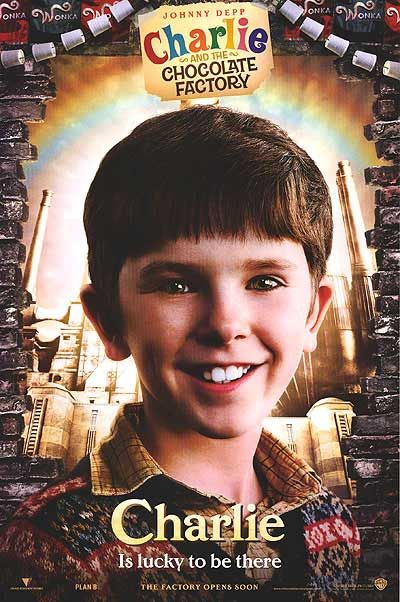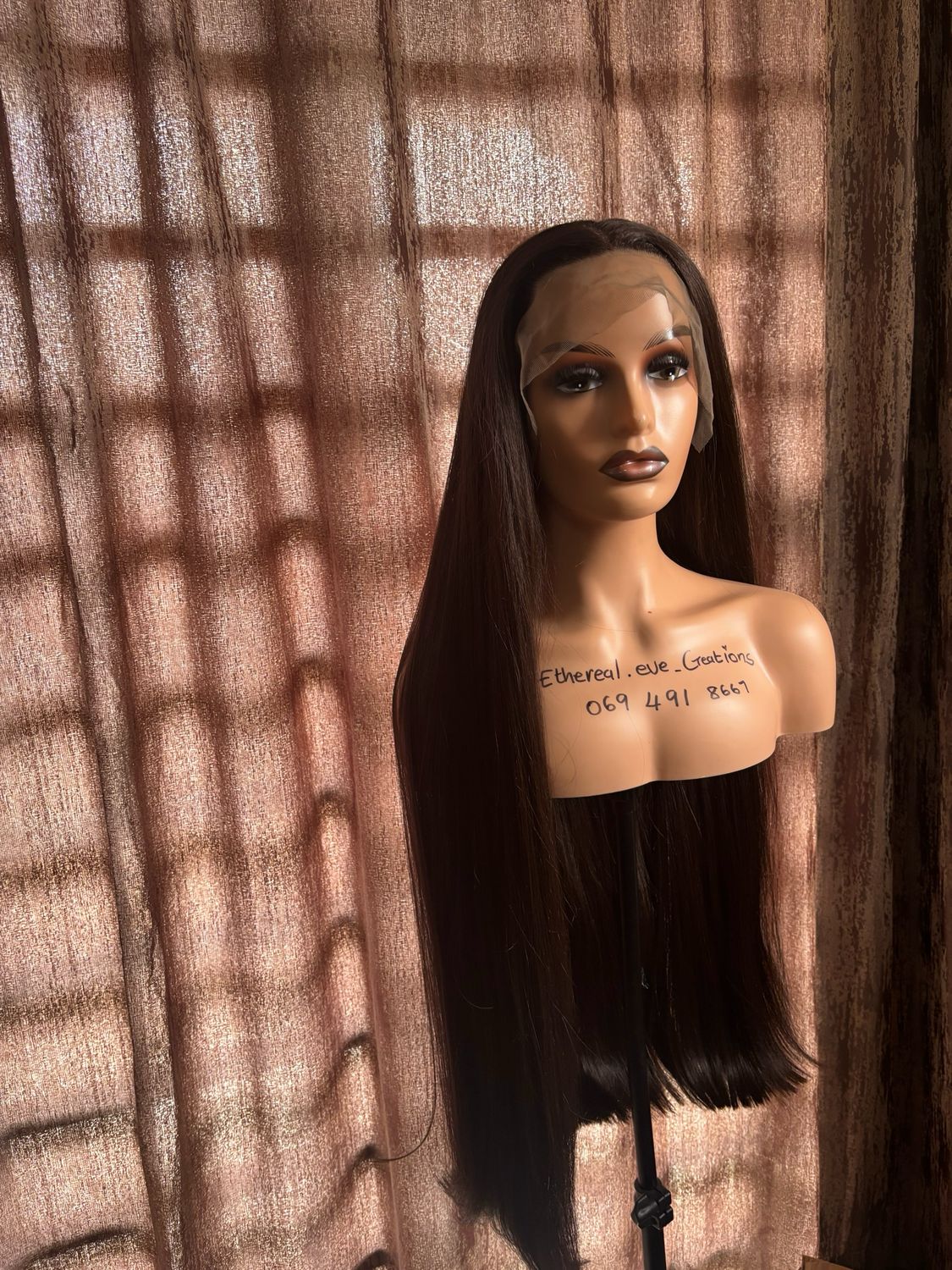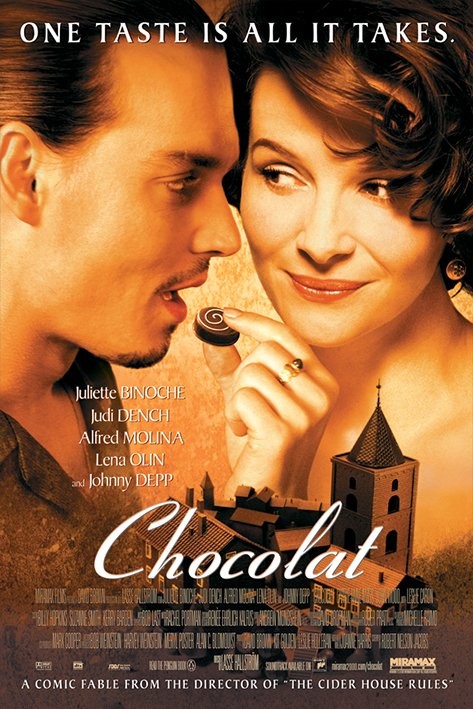Is it possible for a film to transcend mere entertainment and become a cultural touchstone, sparking debate, eliciting strong opinions, and leaving an indelible mark on the cinematic landscape? The 2005 cinematic offerings titled Charlie and the Chocolate Factory and Chocolate both, in their distinct ways, attempted precisely that, albeit with varying degrees of success and in radically different genres.
The year 2005 witnessed a curious convergence in the world of cinema. Two films, sharing a common title, albeit in different contexts, jostled for attention, each vying for a piece of the audience's imagination. One, a whimsical fantasy directed by Tim Burton, offered a reimagining of Roald Dahl's beloved children's story. The other, a Hindi-language crime thriller, sought to capitalize on the popularity of suspenseful narratives.
| Film Title | Charlie and the Chocolate Factory (2005) | Chocolate (2005) |
|---|---|---|
| Director | Tim Burton | Vivek Agnihotri |
| Genre | Fantasy, Comedy, Adventure | Crime Thriller |
| Language | English | Hindi |
| Main Cast | Johnny Depp, Freddie Highmore, Helena Bonham Carter | Anil Kapoor, Sunil Shetty, Emraan Hashmi, Irrfan Khan, Arshad Warsi, Tanushree Dutta |
| Release Date | July 15, 2005 (US) | May 22, 2005 (India) |
| Based on | Roald Dahl's novel of the same name | Inspired by The Usual Suspects |
| Reception | Mixed, with praise for visuals and Depp's performance, but criticism of the darker tone. | Box office failure |
| Runtime | 1 hour 55 minutes | 2 hours 32 minutes |
| User Score (IMDB) | 6.6/10 | 4.8/10 |
| Rotten Tomatoes Score | 55% | N/A |
| Plot Summary | A young boy wins a tour through the most magnificent chocolate factory in the world, led by the world's most unusual candy maker. | Five Indians living in London are implicated in a bomb blast. |
Tim Burton's Charlie and the Chocolate Factory, released in July 2005, represented a visually striking adaptation of Roald Dahl's iconic novel. Burton, known for his gothic sensibilities and eccentric storytelling, brought his signature style to the project, creating a world of fantastical wonder and unsettling undertones. The film, starring Johnny Depp as the enigmatic Willy Wonka and Freddie Highmore as the titular Charlie Bucket, presented a darker, more stylized interpretation than its 1971 predecessor, Willy Wonka & the Chocolate Factory. The movie's visuals were undoubtedly its strongest asset, with Burton's imaginative production design and the vibrant colors of the factory creating a feast for the eyes. However, the film's darker tone and Depp's portrayal of Wonka proved divisive, with some critics and audiences finding the character unsettling rather than charming.
Depp's performance, a study in quirky mannerisms and unsettling detachment, became a central point of discussion. Some lauded his commitment to the character, while others found his portrayal too peculiar and disconnected from the source material. The film's success was therefore a mixed bag. While it performed well at the box office, generating significant revenue, its critical reception was more varied. The consensus was that the film was visually impressive, a showcase of Burton's unique directorial vision, but it failed to fully capture the heart and warmth of Dahl's original story. This divergence from the source material, especially in the characterization of Willy Wonka, remains a key point of debate among viewers, which shows up in movie ratings and review website such as Rotten Tomatoes.
In contrast, the Hindi-language film Chocolate, released in May 2005, took a different path, offering a crime thriller inspired by the 1995 American film The Usual Suspects. Directed by Vivek Agnihotri, the film boasted an ensemble cast including Anil Kapoor, Sunil Shetty, Emraan Hashmi, Irrfan Khan, Arshad Warsi, and Tanushree Dutta. Set in London, the film followed five Indian characters entangled in the aftermath of a bomb blast. While Chocolate shared a title with the Burton film, their thematic connections were virtually non-existent, a coincidence that highlights the vast differences within the cinematic landscape.
Chocolate unfortunately did not resonate with audiences. The film was a box office flop, failing to capture the attention of moviegoers. The critical reception was equally unfavorable, with critics pointing out the film's derivative plot, weak execution, and uninspired performances. The film's failure underscores the challenges of adapting foreign narratives for different cultural contexts. While the source material, The Usual Suspects, had proven to be a successful and acclaimed film, Chocolate failed to replicate that success. It serves as a reminder that mere inspiration is not sufficient to ensure the success of a cinematic endeavor. The adaptation process must be handled delicately, with careful consideration given to cultural nuances, script development, and casting choices.
Both films, in their own distinct ways, represent a specific moment in cinema. Charlie and the Chocolate Factory, with its high production values, star power, and visual flair, aimed for mass appeal and achieved a degree of commercial success. However, the film's failure to entirely satisfy its core audience, particularly those familiar with the original novel, demonstrates the inherent challenges of adapting beloved source material. The interpretation of characters, the tone, and the overall narrative are the most common elements that lead to audience criticism. The film serves as a cautionary tale for filmmakers; a reminder that fidelity to the source material and a deep understanding of the audience's expectations are essential ingredients for success.
Chocolate, on the other hand, serves as a case study in miscalculation. Its failure can be attributed to a multitude of factors, from its derivative plot to its lackluster execution. The film's financial performance and the negative critical reviews underscore the complexities of the filmmaking process. It highlights the importance of originality, effective storytelling, and a deep understanding of the target audience. The film's failure acts as a reminder of the fiercely competitive nature of the film industry.
The year 2005, therefore, presented a fascinating juxtaposition of cinematic approaches. Two films, sharing the title Chocolate, but existing within fundamentally different genres and cultural contexts. One explored the realm of fantasy and whimsy, while the other delved into the world of crime and suspense. While Charlie and the Chocolate Factory achieved commercial success, Chocolate failed to make a mark. These two films, in their contrasting fates, offer valuable insights into the intricate dynamics of the film industry, reminding us that the path to cinematic success is paved with a complex mix of creativity, talent, and a touch of luck.



